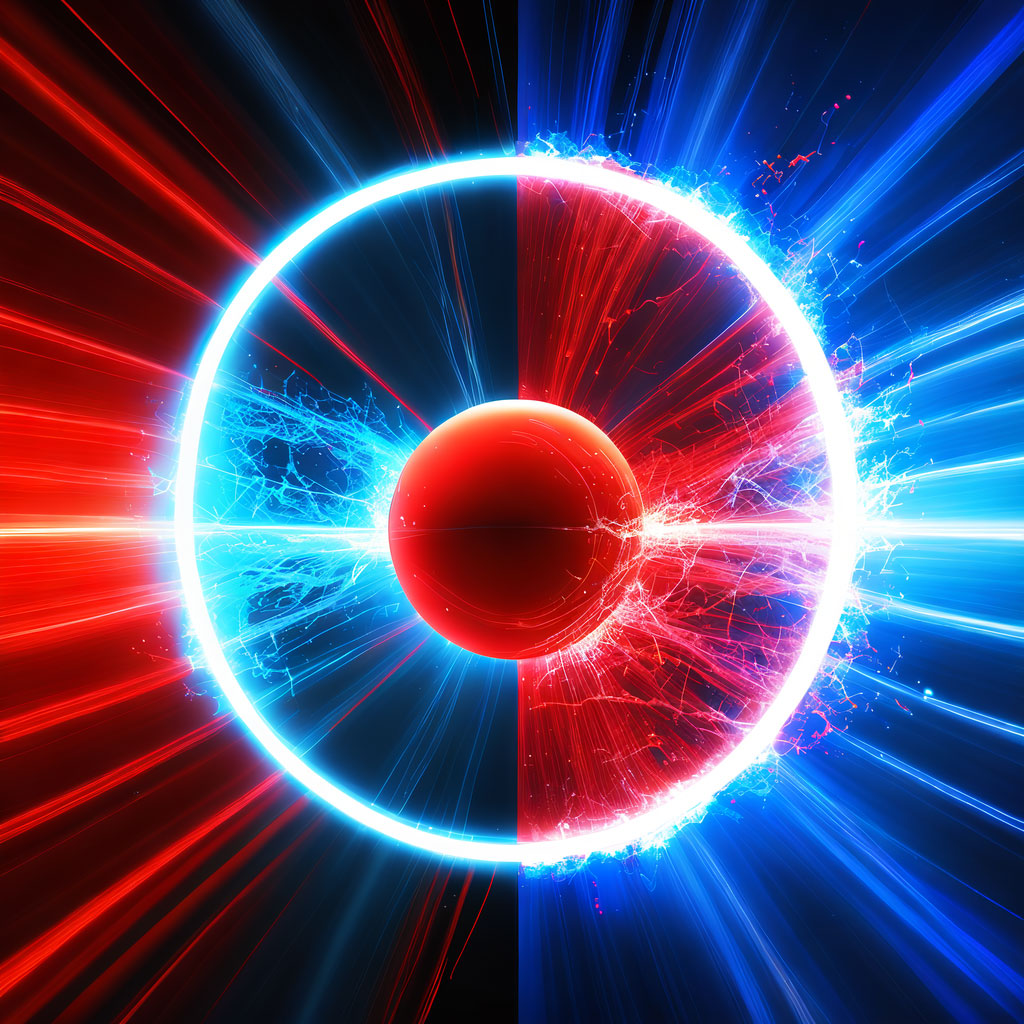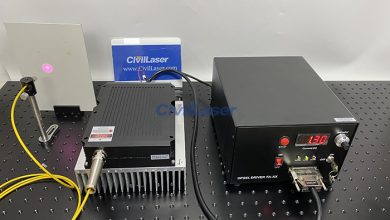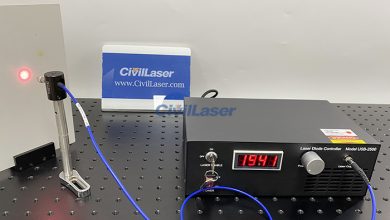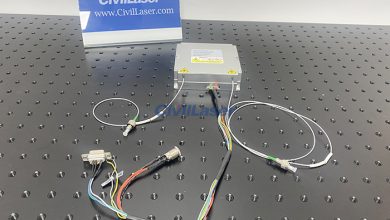Laser NewsLaser Technology
Realization of ultra short and super strong laser

Realization of ultra short and super strong laser
From the perspective of laser applications, the development of lasers is mainly to find higher power, shorter pulse width, and higher energy output.
That is, the process of obtaining ultra-strong ultra-short laser pulses.
The construction of ultra-short and ultra-strong lasers relies mainly on the development and innovation of laser amplification technology.
Conventional lasers use Q-switching, mode-locking and other techniques to improve laser power output.
To achieve laser output, it is first necessary to achieve particle inversion, and secondly to meet the energy gain greater than the loss.
Q is the quality factor of the resonant cavity, which is used to measure the energy loss of the laser. The higher the Q value, the greater the optical loss of the resonant cavity.
The corresponding laser threshold is higher. When the Q switch is in the off state, the inside of the cavity will accumulate more inverted particles at the high threshold and will not form a laser output.
As the optical pump is further pumped, the upper level accumulates more and more particles.
When the Q switch is in an open state, almost all of the inverted particles quickly transition from the upper level, forming a bundle with a very short duration (about 10-8~10-4).
The light intensity reaches several megawatts of pulsed light. By periodically adjusting the Q switch, it is possible to stably and continuously output a high-intensity short-pulse laser.
However, the laser gain medium has a certain damage threshold, if the light intensity of the laser is higher than this threshold,
Due to the nonlinear Kerr effect, laser self-focusing, wavefront formation, etc., will destroy the laser propagation characteristics (non-collimation, incoherence, etc.).
It causes non-uniform distribution of light wave front and energy, and generates local hot spots, etc., and local hot spots will further damage the amplifying medium.
The Q-switching technique is limited by the gain medium saturation and the damage threshold. When the light intensity is higher than 1015 W/cm2, it is difficult to further increase the load.
Chirped pulse amplification (CPA, see Figure 1(a))
And the appearance of optical parametric chirped pulse amplification (OPCPA, see Figure 1(b)),
Effectively overcomes the limitation of the damage threshold of solid medium in Q-switching technology.
The power density of the laser has increased from 1015 W/cm2 in the 1970s to today’s 1022 W/cm2.
Lasers with higher power densities are being designed and built, and are expected to reach 1024W/cm2 in the near future.
.jpg)
CPA uses a dispersion-delay optic to stretch an ultrashort seed pulse over time, for example, using a pair of gratings to scatter the spectrum of the pulse.
Let the seed pulse get a stretch of one thousand to one hundred thousand times in the time domain; after the broadening in the time domain, the pulse has the same energy flux per unit area.
The intensity is much lower than at the beginning, so it can be safely introduced into the gain medium, resulting in an energy boost of 6 to 12 orders of magnitude;
Finally, through a pair of conjugate dispersion compensation components, the phase compensation of the optical pulse after the energy gain is realized, and the pulse can be recompressed to be close to the initial pulse width, or even shorter.
This effectively increases the laser pulse power and energy, and can obtain ultrashort laser pulses [4].
Compared with CPA technology, the OPCPA developed in the past 30 years is more conducive to obtaining high energy gain and short pulses.
It can also effectively improve the contrast of the laser.
The amplification process of OPCPA technology is not amplified using traditional crystal gain media.
Instead, it is achieved using optical parametric amplifier (OPA) of light in a nonlinear crystal element [5].
OPCPA technology synchronizes a beam of pump light (providing energy gain) with the seed laser signal light that is broadened by optical dispersive elements (such as light-deletion) into a nonlinear crystal.
The optical parametric process then occurs, through wave-wave coupling,
The energy of the pump light is completely converted into the energy of the laser and another residual light (also called idlelight).
Similar to CPA technology, since OPCPA technology completely converts pump light into signal light and residual light, the nonlinear crystal is not heated.
There is no heat dissipation, the crystal will not be damaged, so the customer can limit the damage threshold of the gain medium, and the ultra-short pulse can be obtained [6].
However, for CPA technology, the energy that can be amplified by the crystal gain medium is limited each time.
If you want to use CPA technology to obtain super-ultra-short-power laser pulses, you need to repeat the “extension-amplification” process multiple times.
The energy gain is achieved by multi-stage amplification, which is complicated and cumbersome and expensive.
In comparison, OPCPA technology requires only a large amount of pump light energy.
With a nonlinear crystal, a large energy gain can be obtained in one go.
So the entire system of OPCPA is relatively simple and compact.
Moreover, OPCPA can obtain a wider spectrum than CPA, which is beneficial for the final compression of the compressor to obtain shorter laser pulses, such as femtosecond lasers of several cycles. OPCPA
Compared with CPA technology, technology is more difficult to implement. For example, the matching of seed laser phase of signal light and pump light, and the realization of two optical synchronous injection crystals have great technical challenges.
Original article: Gonggu (Jining Confucius International School)
More laser system source, click NakuLaser online.
.jpg)


